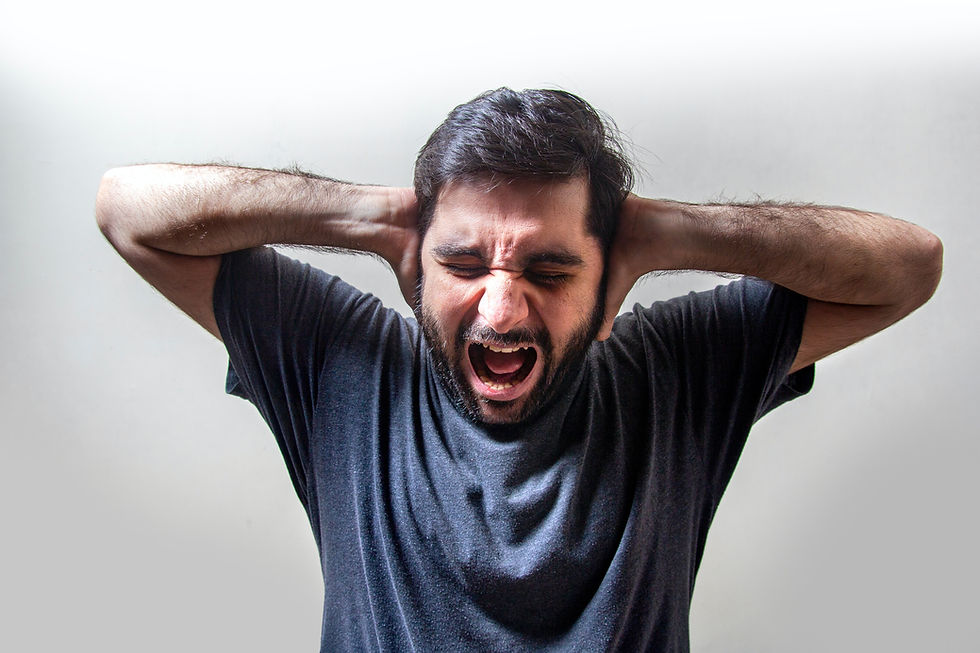8 Simple Steps To Better Image SEO
- Dominic Cincotta
- Feb 6, 2023
- 2 min read
Updated: Apr 1, 2023
The goal of Image SEO is to have images show up on Google Image searches driving more traffic to your URL. Higher ranked images that are contextually labeled and described will drive more contextually relevant traffic.

Choose the correct format
PNG: Produces better quality images, but comes with a larger file size.
JPEG: You may lose image quality, but you can adjust the quality level to find a good balance.
WebP: Choose lossless or lossy compression using this, the only image format supported by both Chrome and Firefox.
Use relevant, accurate alt text for user accessibility and SEO.
Alt text (also known as alt tags or alt descriptions) is written copy that describes an image. Think of this as the image’s meta description.
Alt text can describe an image to a visually impaired reader, and also helps if a reader can't load or see the image correctly on their device.
Consider using captions to describe an image.
Not all images need a caption. Only use if you have a heavily image based page.
Use good judgment when it comes to adding captions, but if you feel it can help readers (and bots) better discern an image, then it might be a worthwhile addition to a page.
Compress images for faster load time
Images are often the largest contributor to overall page size, which can make pages slow and expensive to load. Make sure to apply the latest image optimization and responsive image techniques to provide a high quality and fast user experience.
Compressing images is critical for all good websites because it assists with page speed load time.
Shoot for 100KB size as ideal
Google doesn’t look at each image, but the total page size. Quality needs to be good so if you have too many images that need to compress down to under 50KB, consider reducing the number of images.
Use original images
Unique images rank better in Google since they are clicked on more often than repetitive stock images.
If you use stock images, make sure they very accurately depict your message as Google will bury off message images
Original images are more often used by other sites which create backlink opportunities.
Name your files before uploading them
Google Images automatically generates a title link and snippet to best explain each result and how it relates to the user query. This helps users decide whether or not to click on a result. Filename can give Google clues about the subject matter of the image. For example, my-new-black-kitten.jpg is better than IMG00023.JPG. If you localize your images, make sure you translate the filenames, keeping in mind the URL encoding guidelines if you're using non-latin or special characters. Naming image files allows Google in index them and apply them to SEO. Use similar terms to your alt text.
Use responsive images
Responsive images allow your images to show on mobile and desktop appropriately. If they are not responsive, they won’t show up on mobile correctly and will negatively affect SEO (mobile speed and functionality is in the top 3 criteria of great SEO).
Add images to existing sitemap
Google suggest adding to a sitemap. You can provide the URL of images we might not have otherwise discovered by submitting an image sitemap.
Example from Hubspot.com of sitemap including 2 images
Need more help? Contact me today and get your site ranking immediately!




Comments